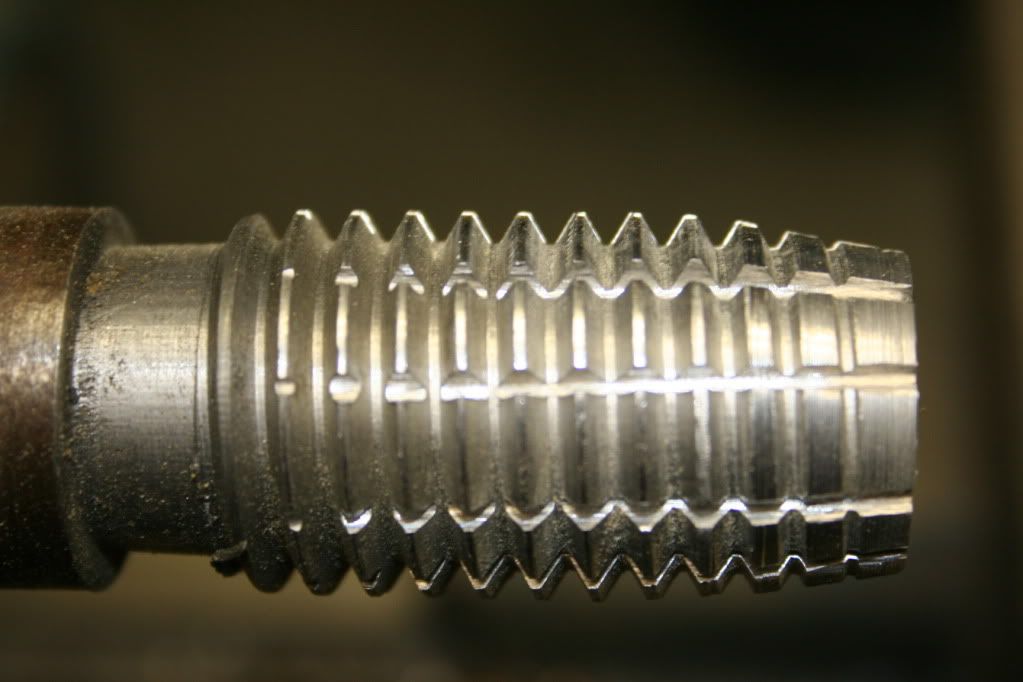Looks like I'm going to be making a rotary table, set up with dividing plates. Looking through my gear selection, I find a 100 tooth gear with single lead worm and a 40 tooth gear, no matching worm and a smaller 20 tooth gear, single lead worm. I think I can probably make a good enough worm for the 40 tooth gear.
The 20:1 set is rather small and probably too coarse. But what of the other two? The 100:1 ratio is somewhat oddball, any reason to avoid it? Should I go with the 40:1 or make a new gear (90:1?) out of an old gear?
Bill
The 20:1 set is rather small and probably too coarse. But what of the other two? The 100:1 ratio is somewhat oddball, any reason to avoid it? Should I go with the 40:1 or make a new gear (90:1?) out of an old gear?
Bill




























































![DreamPlan Home Design and Landscaping Software Free for Windows [PC Download]](https://m.media-amazon.com/images/I/51kvZH2dVLL._SL500_.jpg)

![MeshMagic 3D Free 3D Modeling Software [Download]](https://m.media-amazon.com/images/I/B1U+p8ewjGS._SL500_.png)







